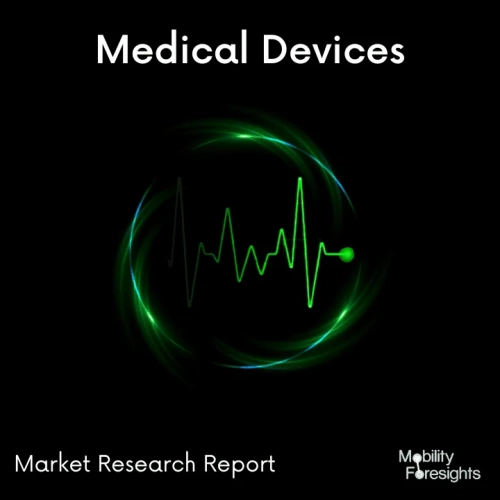
- Get in Touch with Us

Last Updated: Apr 25, 2025 | Study Period:
The Europe Medical Magnesium Implants Market is poised for significant growth, driven by the increasing demand for biodegradable and biocompatible materials in orthopedic surgeries. Magnesium-based implants, known for their ability to be absorbed by the body, offer a promising alternative to traditional materials like titanium and stainless steel. These implants minimize post-surgery complications by eliminating the need for implant removal, which has contributed to their rising adoption across Europe.
Technological advancements, particularly in magnesium alloys and additive manufacturing, are transforming the industry. Innovations in material science have improved the mechanical properties of magnesium implants, making them more durable and suitable for complex orthopedic procedures. However, the market faces challenges related to regulatory approvals, as many countries still lack clear guidelines for the use of biodegradable implants. Additionally, high production costs and the need for extensive clinical trials are hindering widespread adoption.
The Europe Medical Magnesium Implants Market is defined by the growing demand for bioresorbable implants in the medical industry. These implants are primarily used in orthopedic and dental procedures due to their ability to naturally degrade in the body, reducing the need for secondary surgeries.
There are different types of medical magnesium implants available in the market, including screws, plates, and pins, each tailored for specific applications such as bone fracture repair and joint reconstruction. These implants are produced using advanced magnesium alloys that offer enhanced biocompatibility and mechanical strength.
The primary applications of medical magnesium implants include orthopedic surgeries, maxillofacial surgeries, and dental implants. They are particularly effective in bone repair and regeneration, as magnesium promotes osteogenesis, making it a suitable material for bone-related procedures.
While magnesium implants offer significant benefits, including biodegradability and reduced surgical complications, they also face challenges like inconsistent corrosion rates and relatively high manufacturing costs. However, ongoing research and development aim to address these issues, making magnesium implants more reliable and affordable in the long run.

As of 2023, the Europe Medical Magnesium Implants Market is valued at approximately USD 300 million and is expected to grow at a robust CAGR of 12.5% through 2030. The increasing number of bone-related surgeries, advancements in magnesium alloy technology, and growing patient preference for minimally invasive procedures are key drivers behind this growth. By 2030, the market is anticipated to reach a valuation of USD 750 million, with countries like Germany, the UK, and France leading in market share.
The Europe Medical Magnesium Implants Market is witnessing several notable trends. One of the most significant is the rise of 3D printing in the manufacturing of custom magnesium implants, allowing for more precise and patient-specific solutions. Additionally, the shift towards minimally invasive surgeries is driving the demand for implants that offer better biocompatibility and faster healing times.
Another key trend is the increasing focus on regulatory compliance. As the European Union implements stricter guidelines for medical devices, manufacturers are prioritizing research and development to ensure their products meet the required standards. Furthermore, collaboration between medical device companies and academic institutions is fostering innovation in the development of next-generation magnesium implants.
| SL.NO | TOPIC |
| 1 | Market Segmentation |
| 2 | Scope of the Report |
| 3 | Research Methodology |
| 4 | Executive Summary |
| 5 | Key Findings |
| 6 | Average B2B Price of Medical Implants |
| 7 | Europe Medical Magnesium Implants Market Production Footprint - 2023 |
| 8 | Technological Developments in Medical Implants |
| 9 | New Product Development in Europe Medical Magnesium Implants Market |
| 10 | Research Focus Areas on Medical Magnesium Implants |
| 11 | Major Projects Utilizing Medical Magnesium Implants |
| 12 | Market Size, Dynamics, and Forecast, by Geography, 2024-2030 |
| 13 | Market Size, Dynamics, and Forecast, by Product Type, 2024-2030 |
| 14 | Market Size, Dynamics, and Forecast, by Application, 2024-2030 |
| 15 | Market Size, Dynamics, and Forecast, by End-User, 2024-2030 |
| 16 | Competitive Landscape |
| 17 | Leading Players |
| 18 | Market Share of Vendors, 2023 |
| 19 | Company Profiles |
| 20 | Unmet Needs and Opportunities |
| 21 | Government Healthcare Initiatives and Their Impact on Medical Implants |
| 22 | Clinical Trials and R&D in Europe |
| 23 | Conclusion |